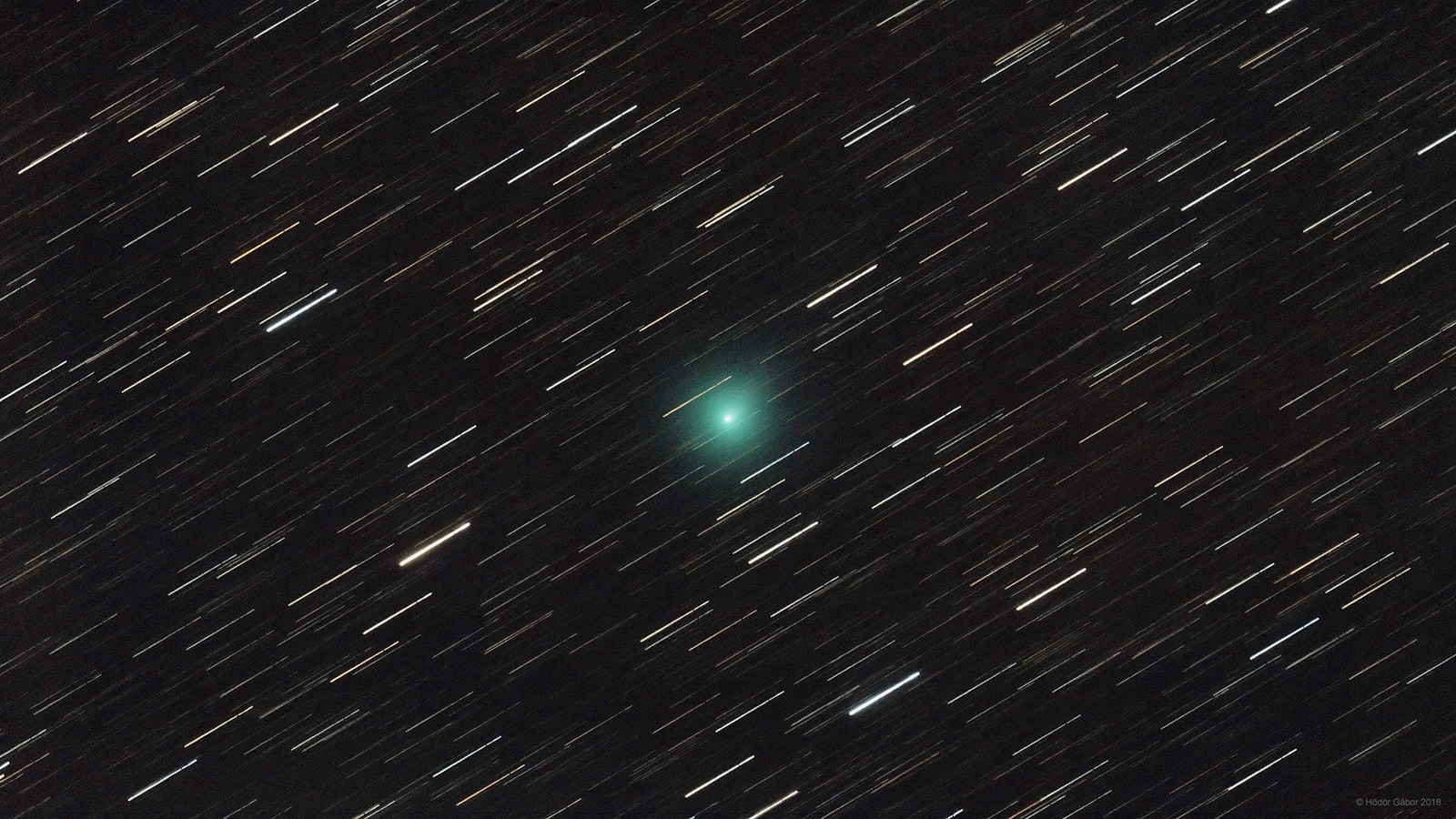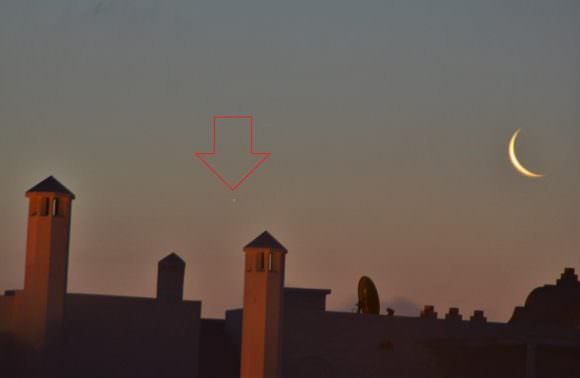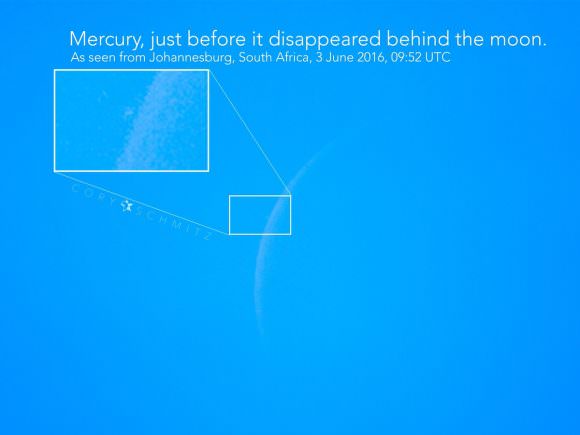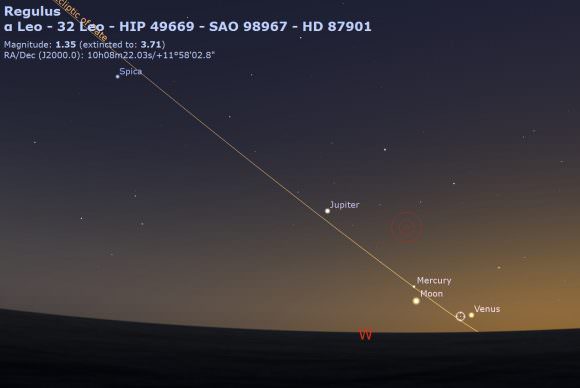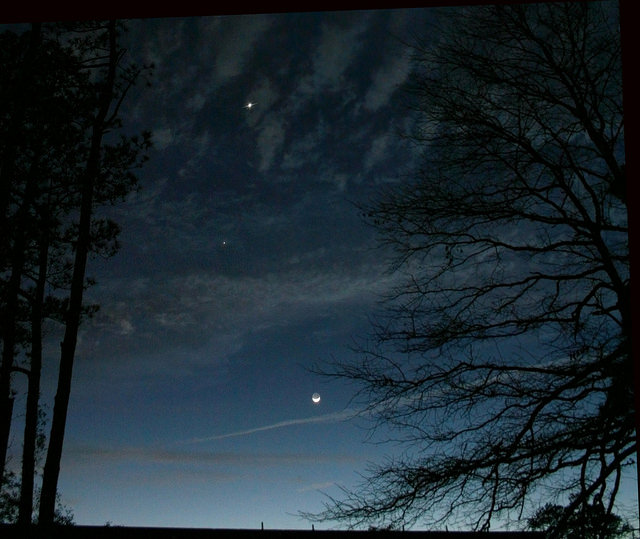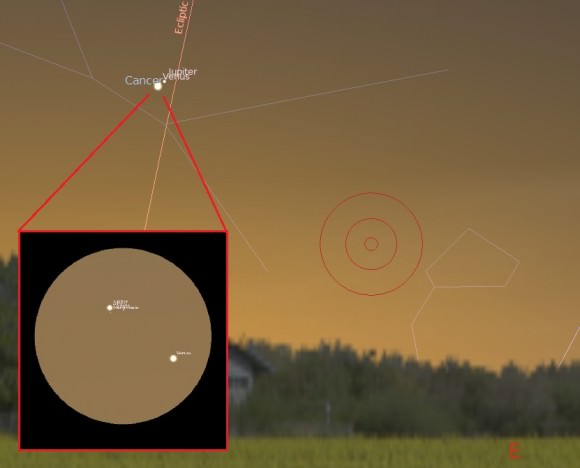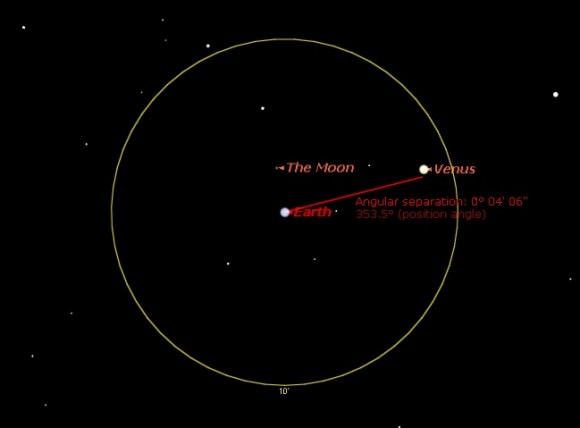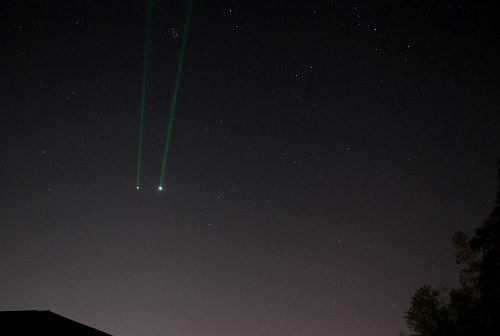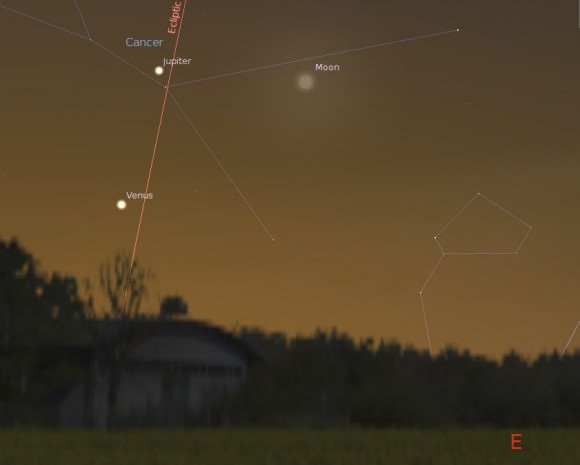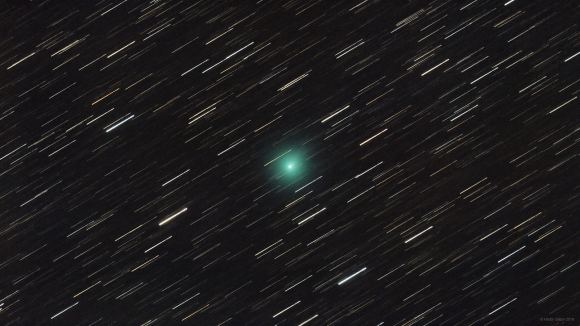
Comets are one of those great question marks in observational astronomy. Though we can plot their orbits thanks to Newton and Kepler, just how bright they’ll be and whether or not they will fizzle or fade is always a big unknown, especially if they’re a dynamic newcomer from the Oort Cloud just visiting the inner solar system for the first time.
We had just such a surprise from a cosmic visitor over the past few weeks, as comet C/2017 S3 PanSTARRS erupted twice, brightening into binocular visibility. Discovered on December 23rd 2017 during the PanSTARRS survey based on Haleakala, Hawai’i, S3 PanSTARRS is on a long-period, hyperbolic orbit and is most likely a first time visitor to the inner solar system.
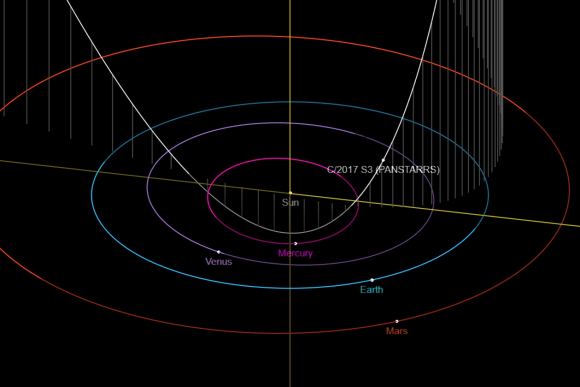
S3 PanSTARRS was not only rocked by two new outbursts in quick succession, but seems to have undergone a tail disconnection event just last week, leveling off its brightness at around +8 magnitude and holding. This puts it in the range of binoculars under dark skies, looking like a fuzzy globular that refuses to snap into focus as it currently glides through the constellation of Camelopardalis the Giraffe the dawn sky.
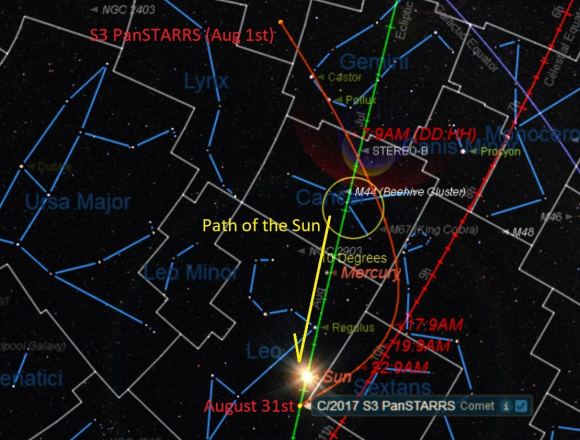
As July closes out, the time to catch sight of Comet S3 PanSTARRS is now, before it’s lost in the Sun’s glare. From latitude 40 degrees north, the comet sits 20 degrees above the northeastern horizon, about an hour before sunrise. By August 7th however, it drops below 10 degrees altitude. From there, the comet begins to circle the Sun as seen from the Earth beginning to favor southern hemisphere observers at dawn, who may be able to track it straight through perihelion on August 16th, if its brightness holds up. From there, northern hemisphere viewers may get a second view at dawn in September, again, if its brightness holds.
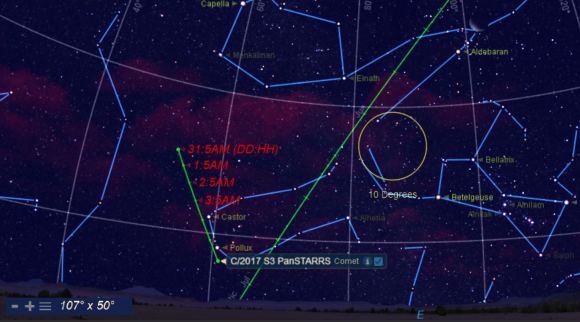
You never know when it comes to comets. Here’s a brief rundown of the celestial happenings for comet C/2017 S3 PanSTARRS:
August
3- Crosses into the constellation Gemini.
4- Passes near the bright star Castor.
5- Passes near the bright star Pollux.
7- Crosses into the constellation Cancer.
7- Passes closest to the Earth, at 0.758 Astronomical Units (AU) distant.
8- Crosses southward over the ecliptic plane.
9- Passes just 4 degrees from the Beehive cluster, M44.
11- Passes 2 degrees from the open cluster M67.
12- Passes 10.5 degrees from Sun (1st apparent close pass as seen from the Earth)
13- Crosses into the constellation Hydra.
15- Reaches maximum brightness: the comet may top +2nd magnitude in mid-August.
16- Reaches perihelion at 0.21 AU from the Sun.
18- Crosses into the constellation Sextans.
30-Crosses into the constellation Leo.
31-Crosses the ecliptic plane northward.
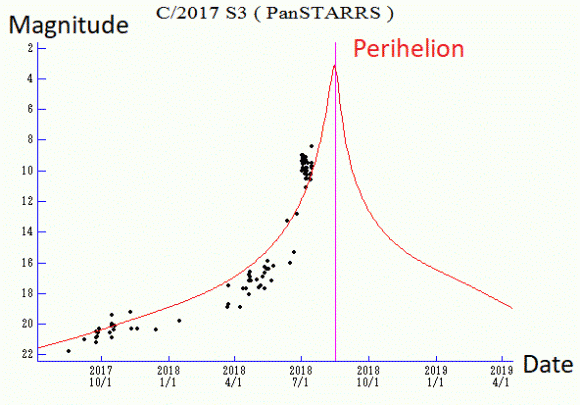
September
3- passes 4 degrees from the Sun.
25- Crosses into the constellation Coma Berenices.
From there, Comet C/2017 S3 PanSTARRS drops back below 6th magnitude in September, then below 10th magnitude in October as it heads back off into the icy realms of the outer solar system.
Be sure to nab this icy interloper why you can. The quote comet hunter David Levy, “Comets are like cats… they have tails, and they do exactly what they want.”

